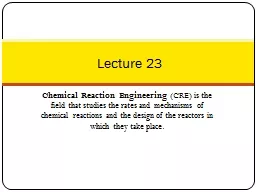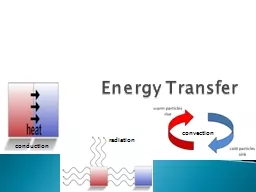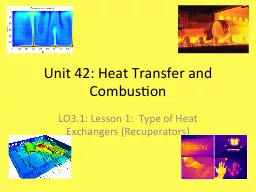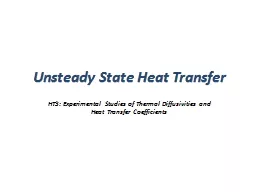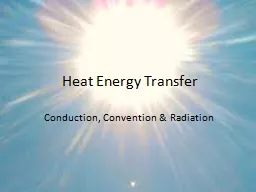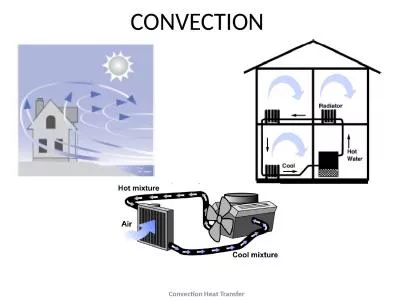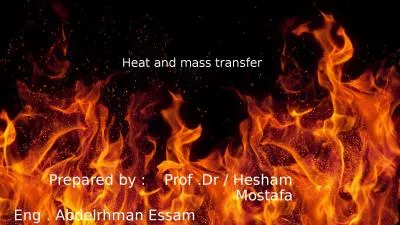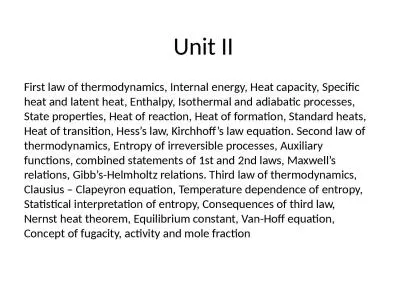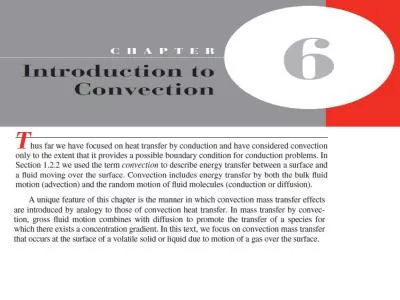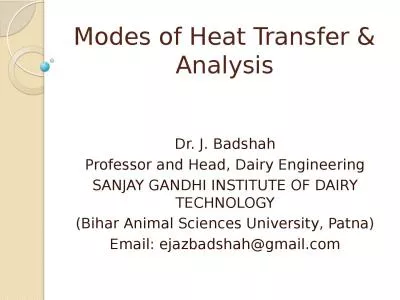PPT-Unsteady state heat transfer
Author : alexa-scheidler | Published Date : 2016-08-06
This case of heat transfer happens in different situations It is complicated process occupies an important side in applied mathematics to find a solution for Fouriers
Presentation Embed Code
Download Presentation
Download Presentation The PPT/PDF document "Unsteady state heat transfer" is the property of its rightful owner. Permission is granted to download and print the materials on this website for personal, non-commercial use only, and to display it on your personal computer provided you do not modify the materials and that you retain all copyright notices contained in the materials. By downloading content from our website, you accept the terms of this agreement.
Unsteady state heat transfer: Transcript
Download Rules Of Document
"Unsteady state heat transfer"The content belongs to its owner. You may download and print it for personal use, without modification, and keep all copyright notices. By downloading, you agree to these terms.
Related Documents


